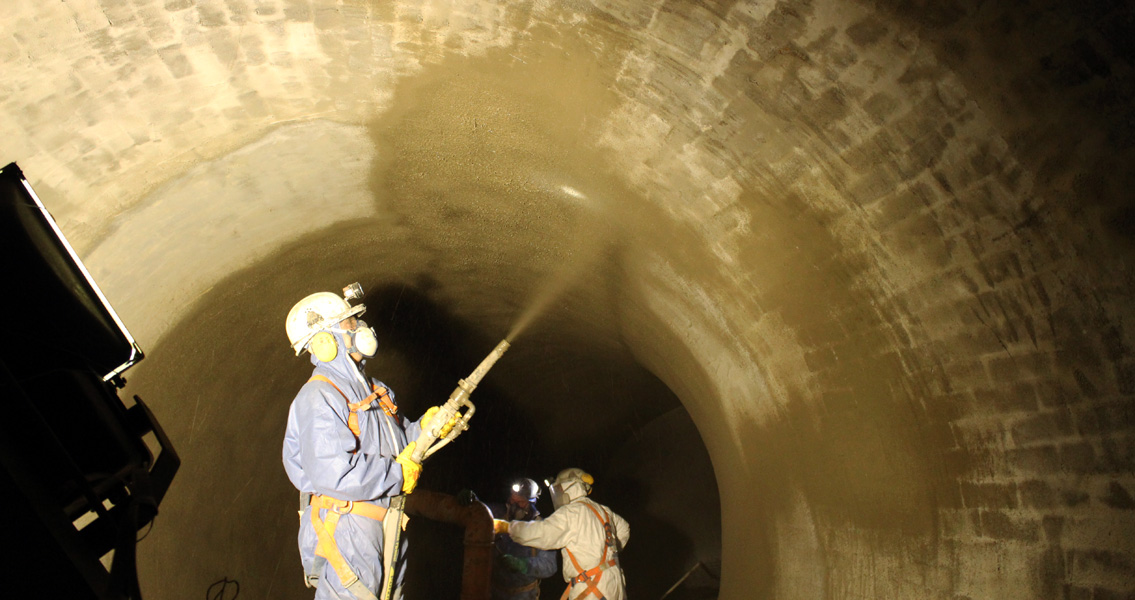Sewer rehabilitation begins in Nuevo Laredo

NUEVO LEON – Representatives of the National Water Commission (CONAGUA), the Government of the State of Tamaulipas, the Municipality of Nuevo Laredo and its Municipal Water and Sewer Commission (COMAPA), as well as international organizations headed by the U.S. Section of the International Boundary and Water Commission (IBWC) and the North American Development Bank (NADBank), signed a Commitment Agreement to expeditiously manage resources for the comprehensive sewerage and sanitation project in the City of Nuevo Laredo.
According to NADBank, the objective of the project is to eliminate untreated wastewater discharges to the Rio Grande River and preserve the primary source of drinking water supply for future generations in both Laredos and downstream communities in Mexico and the United States.
Present at the signing of the Agreement were Américo Villarreal Anaya, Governor of the State of Tamaulipas; Carmen Lilia Canturosas Villarreal, Mayor of Nuevo Laredo; Bob Dahlke, Acting Consul General of the United States in Nuevo Laredo; Victor Treviño, Mayor of Laredo, Texas; Salvador López Córdova, Executive Director of Environmental Affairs of NADBank; José Gutiérrez Ramírez, Manager of Engineering and Binational Water Affairs of CONAGUA; and María Elena Giner, Commissioner of IBWC.
Among the works to be carried out is the rehabilitation of the International Wastewater Treatment Plant (PITAR), which will go from currently treating 600 to 1,360 liters per second (lps) in compliance with NOM-001-SEMARNAT-2021, as well as the replacement of old and deteriorated sanitary sewer networks and collection systems and the expansion of the sewer system to areas that currently lack service.
NADBank’s Executive Director of Environmental Affairs, Salvador López Córdova, commented that these works will not only contribute to improving the quality of the water discharged into the Rio Bravo, but will also protect public health, the environment, and the quality of life of residents on both sides of the border.
The project will receive, through NADBank, important contributions in non-reimbursable resources from the Border Environment Infrastructure Fund, which operates with funds from the U.S. Environmental Protection Agency, equivalent to 27% of the investment.
